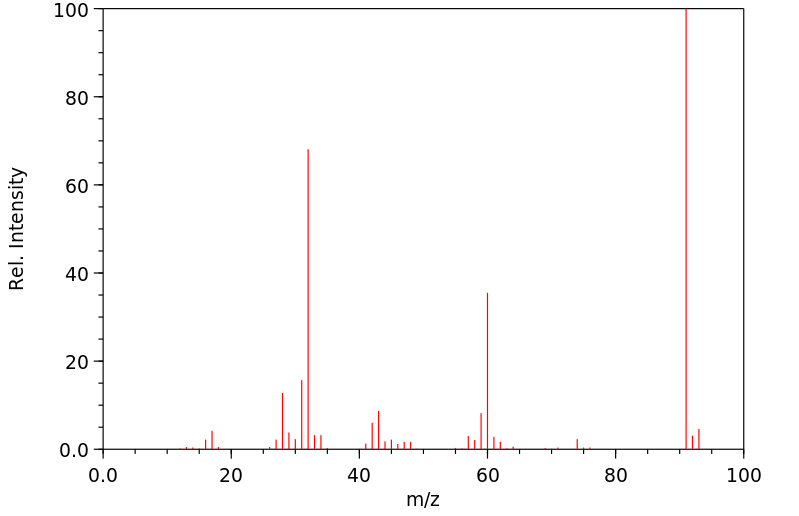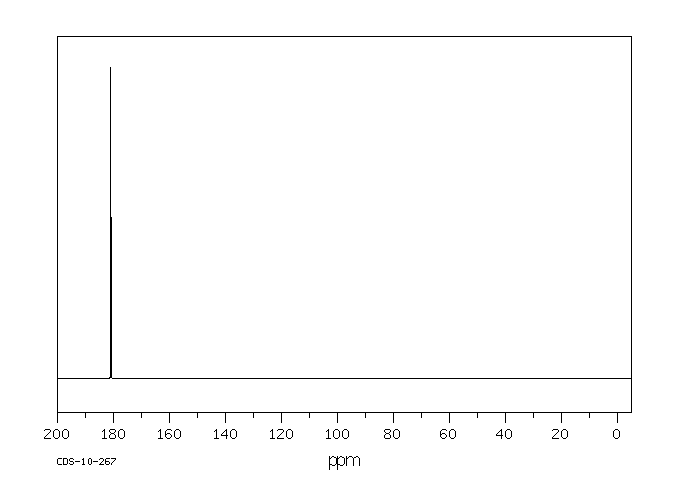毒理性
识别与用途:1-氨基-2-硫脲是一种无味的白色结晶粉末或长针状晶体,可从水中得到。它是农药,尤其是除草剂的中间体,也用于制药;在某些摄影和染料应用中使用,并用作检测金属的试剂。人类暴露与毒性:硫脲是潜在的致敏加速剂和抗氧化剂,用于橡胶制造,可能导致刺激性接触性皮炎。动物研究:将硫代半卡巴肼皮下注射到出生后的小鼠中,当在第7天或之后处理时会引起小鼠抽搐,但在第1-5天不会。第7天注射的小鼠第一次抽搐的潜伏期为115分钟。抽搐可被盐酸吡哆醇抑制,但不受磷酸吡哆醛的影响。GABAergic拮抗剂(1-氨基-2-硫脲)增强了小鼠的攻击性行为,减少了社会行为。1-氨基-2-硫脲在小鼠和大鼠中不具有致癌性。在孵化第3天将药物应用于鸡胚的血管区域时,0.5至1毫克剂量产生了翅膀和喙的畸形,但没有兔唇。生态毒性研究:将美洲林蛙蝌蚪暴露于25毫克/升或更高浓度时,会引起手指弯曲、异常肢体关节、游泳困难甚至死亡。将美洲林蛙(Rana sylvatica)蝌蚪暴露于不同时间的50毫克硫代半卡巴肼(TSC)/升水中,以及在不同的发育阶段。短期暴露(3小时和6小时)没有可见的畸形。暴露12小时或更长时间会导致轻微到严重的异常,暴露时间与畸形程度呈直接关系。从孵化后第24天到第30天暴露于TSC的蝌蚪比在较老年龄暴露的蝌蚪受到更严重的影响。
IDENTIFICATION AND USE: 1-Amino-2-thiourea is an odorless white crystalline powder or long needles from water. It is an intermediate for pesticides, especially herbicides, and pharmaceuticals; used in certain photographic and dye applications and used as a reagent for the detection of metals. HUMAN EXPOSURE AND TOXICITY: Thioureas are potential sensitizing accelerators and antioxidants used in the manufacture of rubber which may cause irritant contact dermatitis. ANIMAL STUDIES: Subcutaneous injections of thiosemicarbazide into postnatal mice caused convulsions in mice when treated on the day 7 or later but not on the days 1-5. The latent period of the 1st convulsion was 115 min in mice injected on the day 7. The convulsions were inhibited by pyridoxine-HCL, but not by pyridoxal phosphate. GABAergic antagonists (1-amino-2-thiourea) enhanced aggressive behavior and decreased the social behavior of mice. 1-amino-2-thiourea was noncarcinogenic in mice and rats. The agent was teratogenic in chick embryos when applied to the vascular area on the 3rd day of incubation at 0.5 to 1 mg it produced deformities of the wing and beak, but not harelip. ECOTOXICITY STUDIES: Exposure of Rana sylvatica tadpoles to 25 mg/L or more caused a curvature of digits, abnormal limb articulations, difficulty in swimming, and death. Wood frog (Rana sylvatica) tadpoles were exposed to 50 mg thiosemicarbazide (TSC)/L water for varying lengths of time and at different developmental stages. Short exposure periods (3 and 6 hr) resulted in no visible deformities. Exposure periods of 12 or more hr caused slight to severe abnormalities, with a direct relationship between length of exposure and degree of deformity. Tadpoles exposed to TSC from posthatching Days 24-30 were more seriously affected than were tadpoles exposed at an older age.
来源:Hazardous Substances Data Bank (HSDB)









